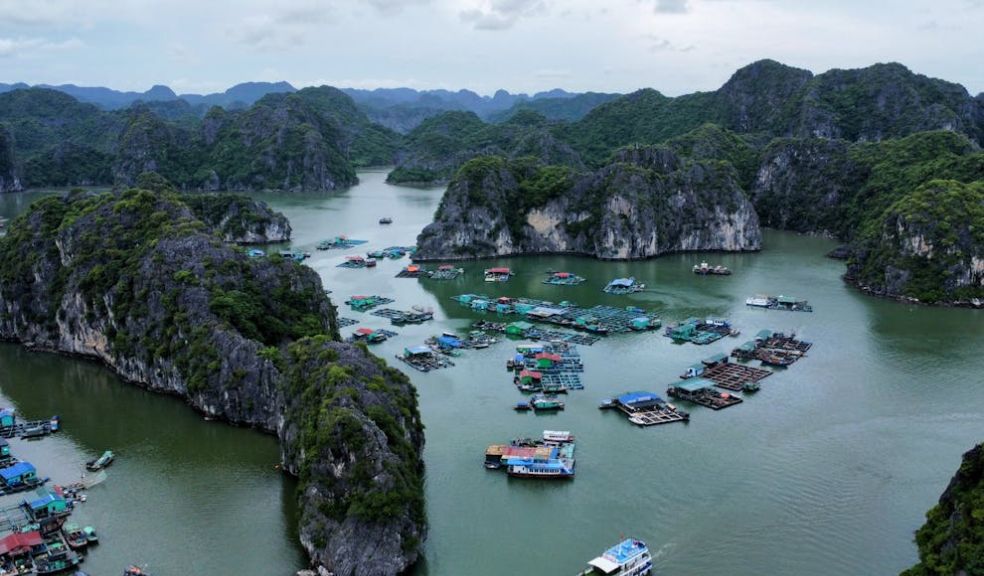
The Ultimate First-Timer’s Guide to Southeast Asia
Planning your adventure to Southeast Asia can feel equally overwhelming and exciting. With its mix of ancient temples, historical street markets, and tropical beaches, this corner of the world offers experiences to suit every traveller, from budget backpackers to comfort-seeking holidaymakers.
- Getting Started: Planning Your Trip
Timing can impact your Southeast Asian experience. The region experiences distinct wet and dry seasons, which vary by country. For example, Thailand's dry season runs from November to February, whilst Indonesia’s is from May to September. Peak season brings optimal weather but also higher prices and lots of crowds. If possible, consider going during the shoulder season, where the weather is still good, but crowds tend to be a little smaller.
You also need to decide whether to concentrate on one country or explore multiple destinations. Single-country trips allow for deeper immersion, whilst multi-country itineraries can deliver diverse experiences. Many first-time Southeast Asia travellers begin with Thailand holidays as an introduction to the continent. Thailand benefits from great infrastructure, affordable costs, and convenient transport connections, so you can explore neighbouring countries or islands.
- Visas, Entry Requirements, and Safety Considerations
Border crossing and airport trips become routine when exploring multiple countries, making passport validity very important. Before you set off, make sure yours is not only in date, but also has at least six months' validity remaining, as this is a requirement across the majority of the region.
Visa requirements vary by nationally and destination. UK passport holders can enjoy visa-free entry for a short period (30-90 days) in Thailand, Malaysia, Singapore, the Philippines, Vietnam, and Indonesia, which can help simplify multi-country trip itineraries. Other places require all travellers to have a visa upon entry. However, they do tend to offer a visa-on-arrival or e-visa system, which are pretty straightforward to complete. Wherever you go, be sure to check the country’s entry requirements.
In terms of health, preparations generally include vaccinations for hepatitis A and B, typhoid, and Japanese encephalitis, depending on rural exposure. Malaria tablets may also be recommended for certain regions. Remember to check, or take out, travel insurance and ensure it covers medical costs and medical evacuation if necessary.
- Choosing Your Route and Must-See Experiences
Strategic route planning ensures you maximise experiences whilst minimising backtracking. Popular circuits include Thailand-Cambodia-Vietnam or Thailand-Laos-Vietnam, in logical, geographic order. Journey planning apps and booking platforms can be real life savers. They can help you not only plan but also visualise your trip and often identify transport connections.
Each destination will have its own must-see experiences. For example, in Thailand, you should try to visit some temples, including the Grand Palace in Bangkok, and, in Vietnam, you need to explore the street food culture and visit Ha Long Bay. Try to keep itineraries flexible to allow time for spontaneous discoveries or day trips.
- Practical Travel Tips: Budgeting, Culture, and Getting Around
Southeast Asia's affordability is still one of its greatest appeals, though costs do vary. Street food costs pennies, local transport is incredibly cheap, and you’ll only need to pay between £5 and £15 for accommodation each night. It’s even possible to splurge on fancier hotels or experiences and still remain in budget. For transport, there’s lots of options to consider, including taxis and buses, trains, and budget flights.
Cultural sensitivity is very important. Make sure you dress modestly at religious sites, remove shoes when entering homes or temples, and learn basic greetings in local languages. Remain vigilant in crowded tourist areas where pickpocketing occurs and avoid displaying expensive electronics conspicuously.
















